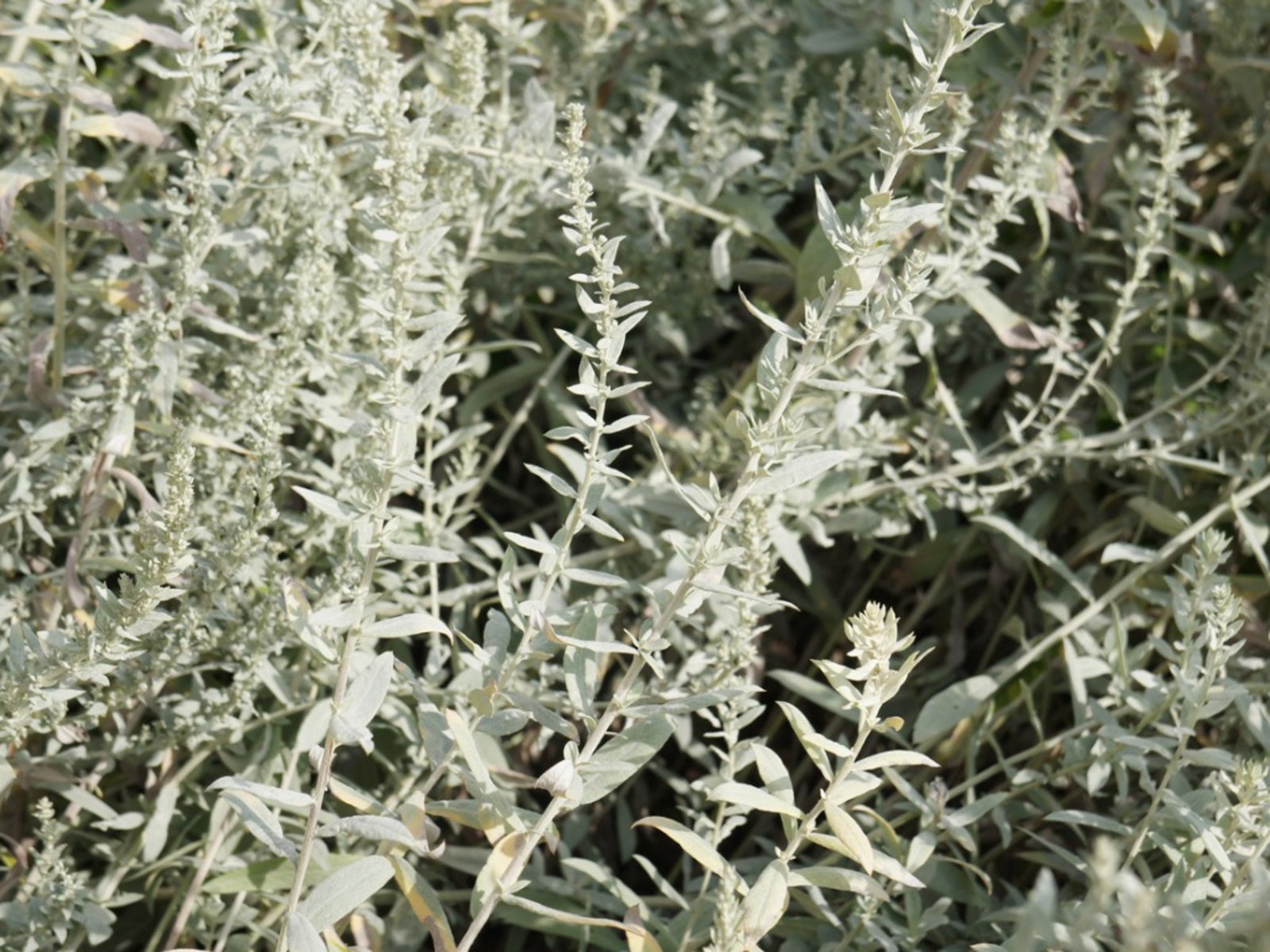Creating A Gray Garden: Learn How To Use Plants With Silver Or Gray Color


Every garden is unique and serves as a reflection of the gardener who creates it, much in the same way a work of art reflects the artist. The colors you choose for your garden can even be likened to notes in a song, each serving to complement one another within the framework of the landscape and fused into a single, creative expression. French composer Achille-Claude Debussy is often quoted as saying “Music is the space between the notes,” suggesting that the silence in a song is as important as the sound. Without a break in sound, or color in a scene, the results clash and collide. One way to add breaks in garden color is by using “muted” colors in the garden, such as plants with silver or gray color. Plants with silver or gray color serve as buffers between areas of intense color or changes in theme. When used on their own, they gently soften the landscape. Let's learn more about how to use silver foliage plants.
Gardening with Silver Leaf Plants
Plants with silver or gray color are a biological adaptation that allows them to retain more water in dry, arid environments. Plant them in areas with dry soil that drains quickly after a rain. When they get too much water, gray and silver plants will develop a dull, leggy appearance. Gray and silver plants are a pleasure to view and are easy to maintain. Learning how to use silver foliage plants is as simple as seeing what others have done. Visiting anything from neighborhood gardens to botanical gardens should get you started with some ideas.
Gray and Silver Plants
If you are interested in creating a gray garden, here are some silver-leaved plants that work well:
- Lamb's ear (Stachys byzantina) is the most common silver, primarily used for ground cover foliage. This “Silver Carpet” grows to a maximum of 12 inches (31 cm.).
- Russian sage (Perovskia atriplicifolia) features spikes of flowers in late summer and maintains gray foliage through much of the year. The plants reach a height of 4 feet (1 m.) and spread 3 feet (1 m.) wide.
- Snow-in-summer (Cerastium tomentosum) is appreciated primarily for its silver foliage but features beautiful white flowers in spring. It prefers cool climates and grows 6 to 8 inches (15-20 cm.) tall.
- Artemisia is a genus with over 300 species, many of which are perfect for creating a gray garden. Louisiana artemisia (Artemsia ludoviciana) makes an excellent cut or dried flower. This drought-resistant plant grows to 3 feet (1 m.). Silver mound artemsia (Artemisia schmidtiana) is a clump-forming plant that grows up to 15 inches (45.5 cm.) tall and features delicate blossoms in summer.
Gardening tips, videos, info and more delivered right to your inbox!
Sign up for the Gardening Know How newsletter today and receive a free copy of our e-book "How to Grow Delicious Tomatoes".

Jackie Carroll has written over 500 articles for Gardening Know How on a wide range of topics.
-
 My Homemade Orchid Fertilizer Always Brings More Blooms – Here's The Easy Recipe That Transforms Plants
My Homemade Orchid Fertilizer Always Brings More Blooms – Here's The Easy Recipe That Transforms PlantsScientist-turned-gardener Mary Ellen Ellis shares her tried-and-tested DIY orchid fertilizer recipe, plus more ingredients to try for healthy, happy plants.
By Mary Ellen Ellis
-
 Looking For Plants To Give You The Soft And Fuzzies? Try These 5 Fuzzy Leaf Plant Options
Looking For Plants To Give You The Soft And Fuzzies? Try These 5 Fuzzy Leaf Plant OptionsLovers of texture, drama, silver foliage and tactile plants will adore these special sensory garden additions. These fuzzy leaf plant options will leave you all aglow
By Susan Albert